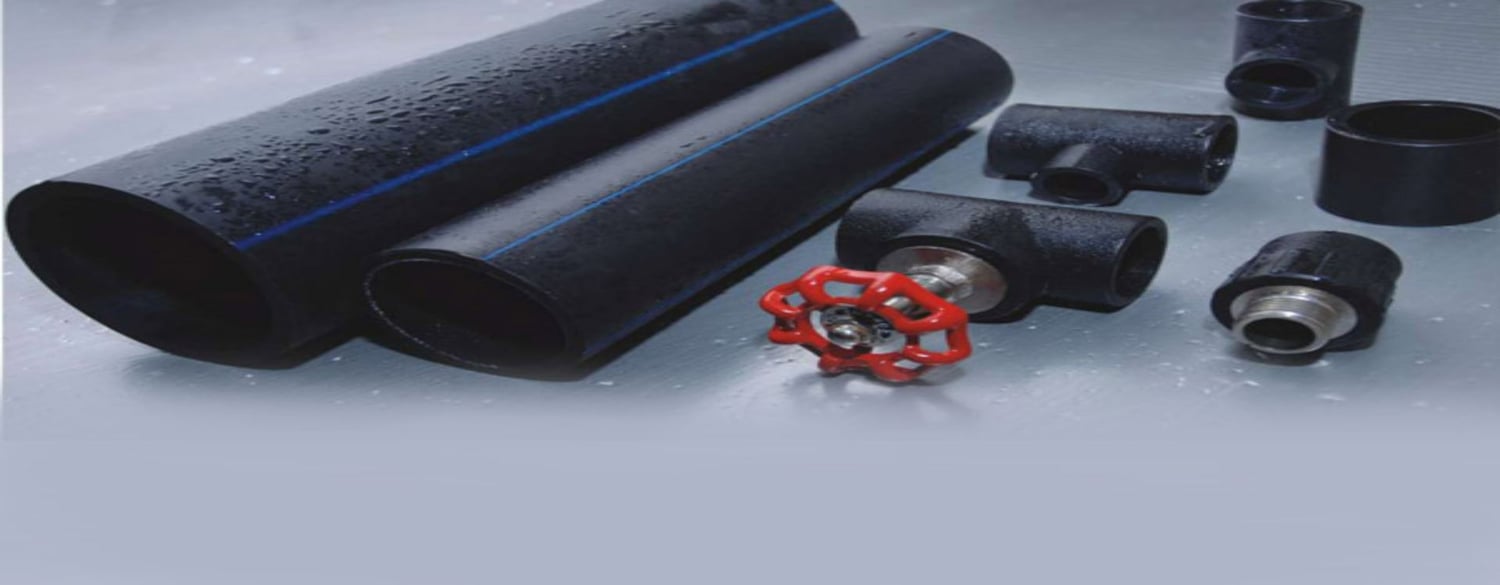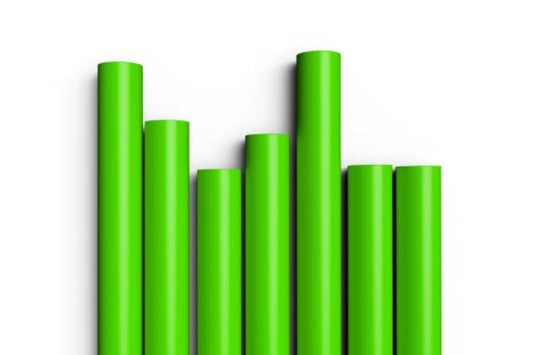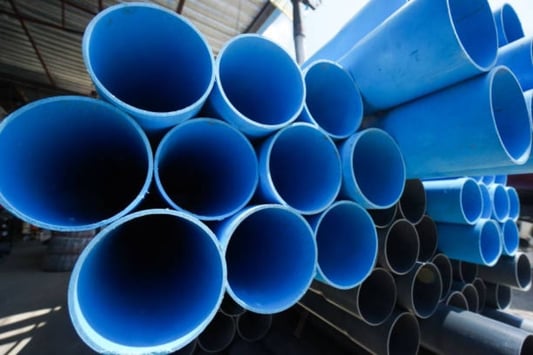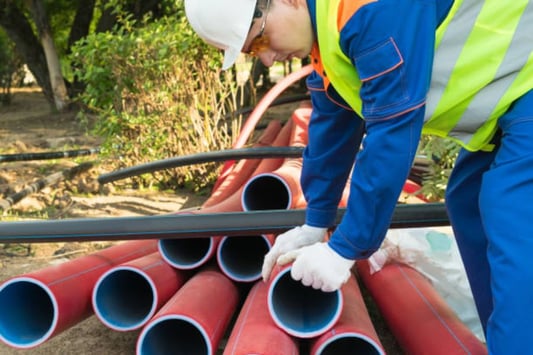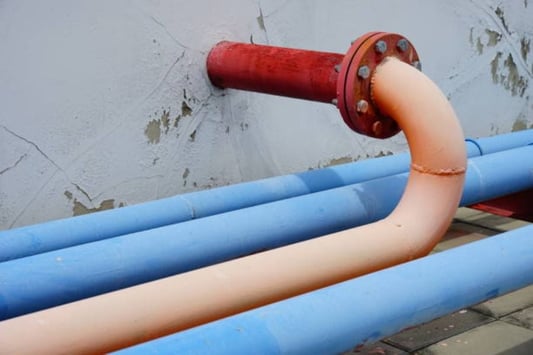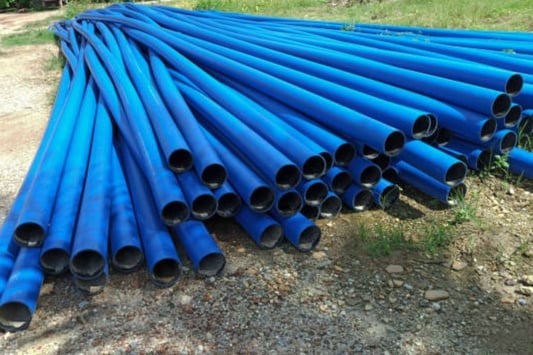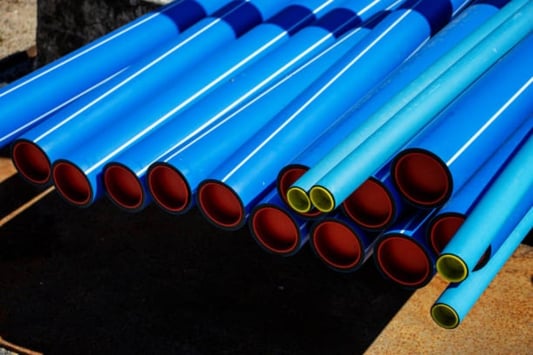Understanding ppr for hot water: What is it?PPR pipes are made from a kind of plastic called polypropylene random copolymer. They are commonly used in hot and cold water applications, as well as in heating systems, due to their high-temperature resistance. PPR for hot water is one of the most popular applications of these pipes. Advantages of PPR for Hot WaterThere are numerous reasons to choose PPR pipes for your hot water needs. Firstly, they are resistant to high temperatures and pressure. Additionally, they do not corrode or rust, and they are resistant to chemical and environmental damages. PPR pipes have a smooth inner layer that prevents scaling, thereby eliminating the risk of blockages. Installing PPR Pipes for Hot WaterInstalling PPR pipes for hot water applications is relatively easy. Firstly, you need to cut the pipes to the required length using a pipe cutter. Then, clean the ends of the pipes and fit them together using appropriate fittings and a welding machine. Proper installation ensures long-lasting performance of the PPR pipes. Maintenance of PPR PipesProper maintenance extends the lifespan of PPR pipes. Inspect your pipes regularly for any cracks or leaks. Any damages should be repaired immediately to prevent further damage. Also, ensure that the water pressure does not exceed the maximum allowable limit of 2.5MPa. PPR Pipe Diameter for Hot WaterThe size of PPR pipes needed for hot water applications is dependent on the volume of water required, temperature, and pressure. The diameter of the pipes ranges from 16mm to 160mm. A qualified technician can recommend the appropriate size based on your specific needs. Comparing PPR Pipes to Other Hot Water PipesCompared to other pipes like PVC and copper, PPR pipes have numerous advantages. Firstly, they do not release toxic substances, making them safe for drinking water applications. Additionally, they have a longer lifespan and are more environmentally friendly than other pipes. Disadvantages of PPR Pipes for Hot WaterPPR pipes for hot water are not without limitations. Firstly, they are more expensive than other pipes. Also, proper installation requires specialized tools and technical expertise. PPR pipes are also not suitable for use with hot acids or fuels. Cost of PPR Pipes for Hot WaterPPR pipes cost more than traditional pipes like PVC or copper. However, their long term benefits such as extended lifespan and lower maintenance costs make them a more cost-effective option in the long run. The cost of PPR hot water pipes is also dependent on factors such as size and geographical location. Longevity of PPR Pipes for Hot WaterPPR pipes used for hot water applications typically have a lifespan of 50 years or more. This is significantly longer than other traditional pipes like copper or PVC, which typically have a shorter lifespan of around 20-30 years. The longevity of PPR pipes makes them a more cost-effective and environmentally friendly option. ConclusionPPR pipes are a reliable and durable solution for hot water applications due to their high-temperature resistance, corrosion resistance, and longevity. Proper installation and maintenance of these pipes will ensure optimal performance and extended lifespan. Quote InquiryContact us!

